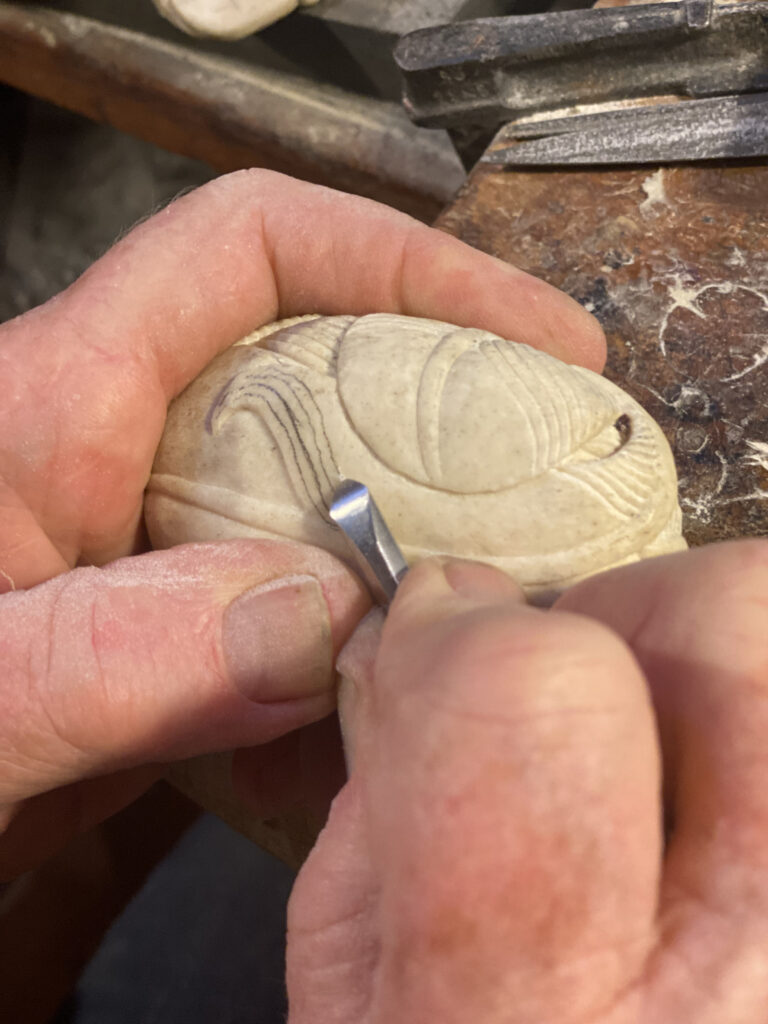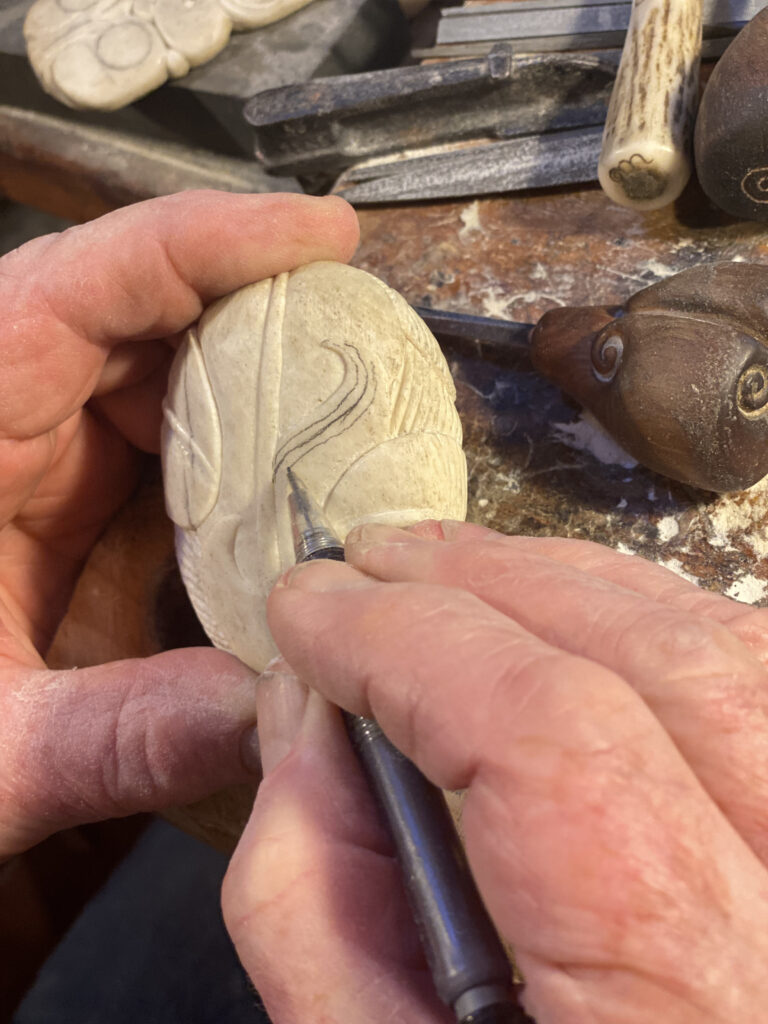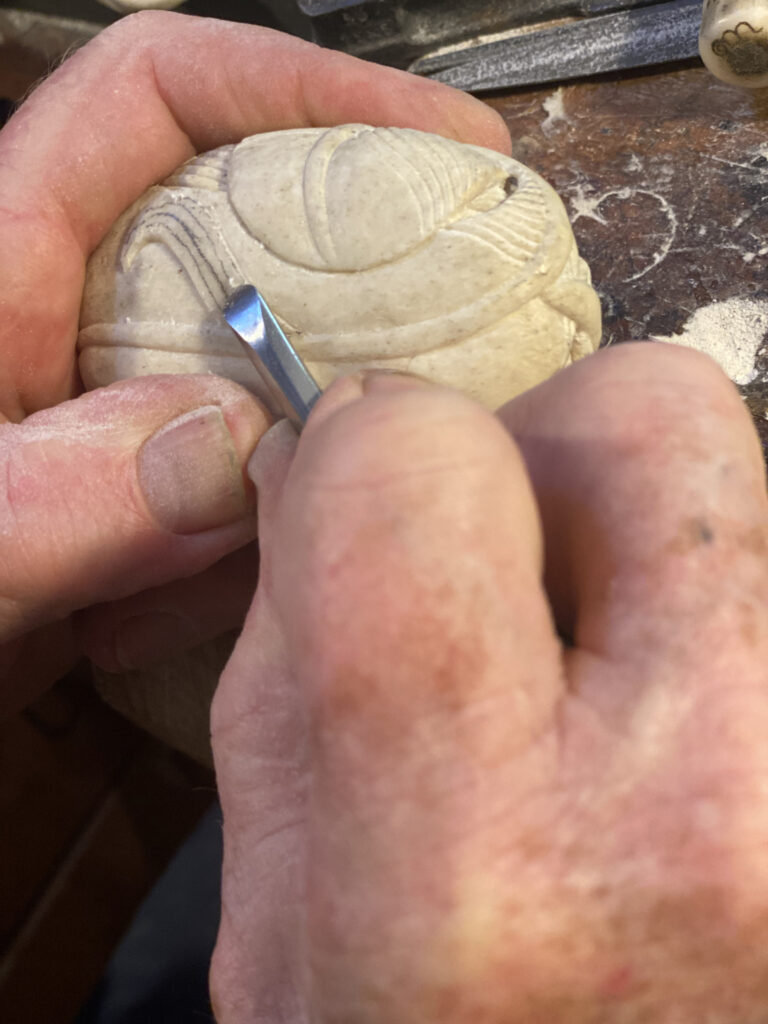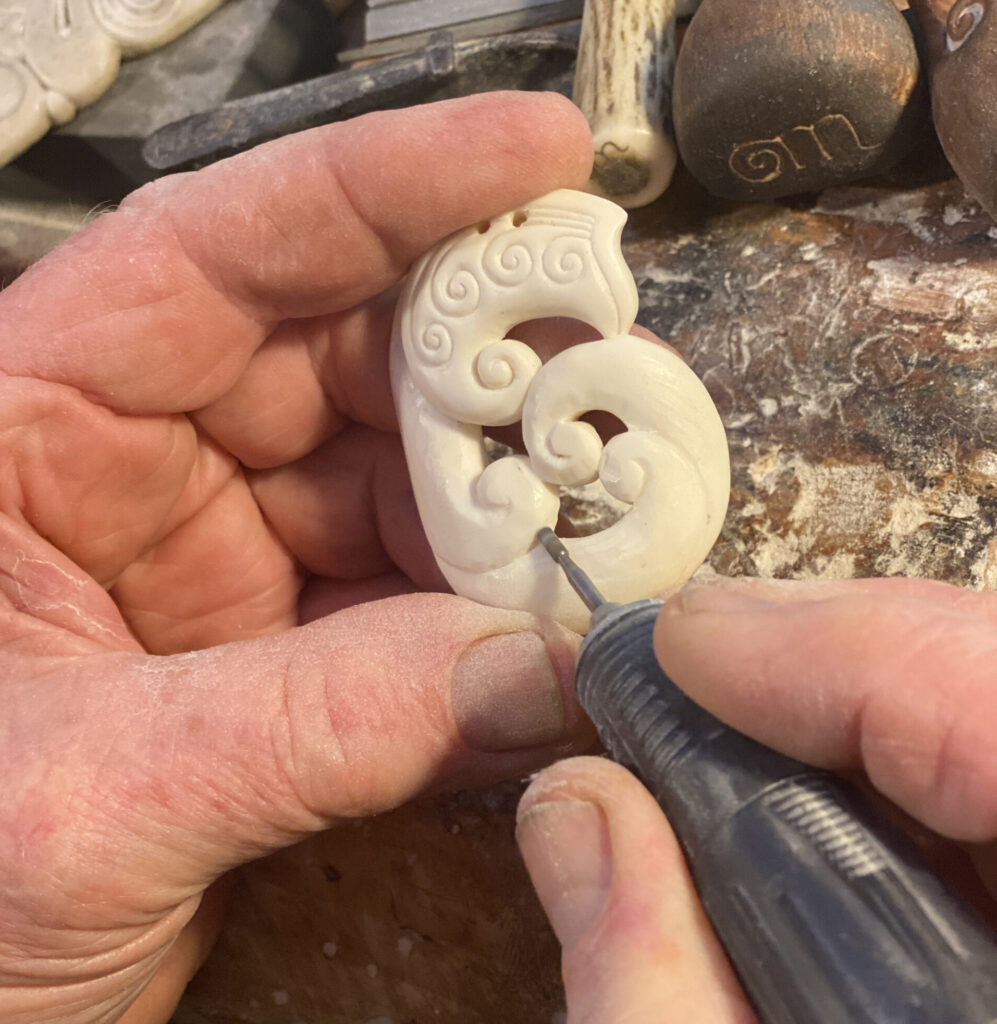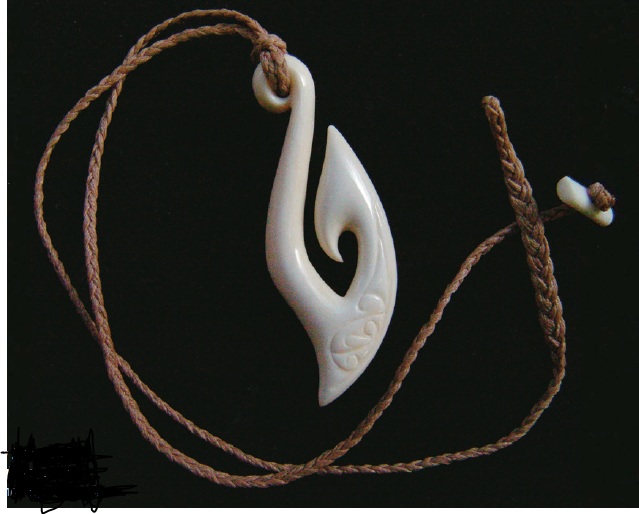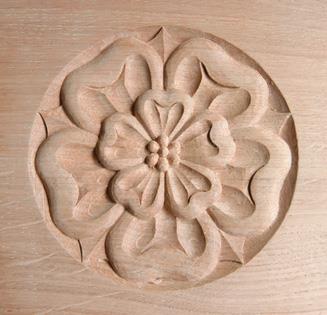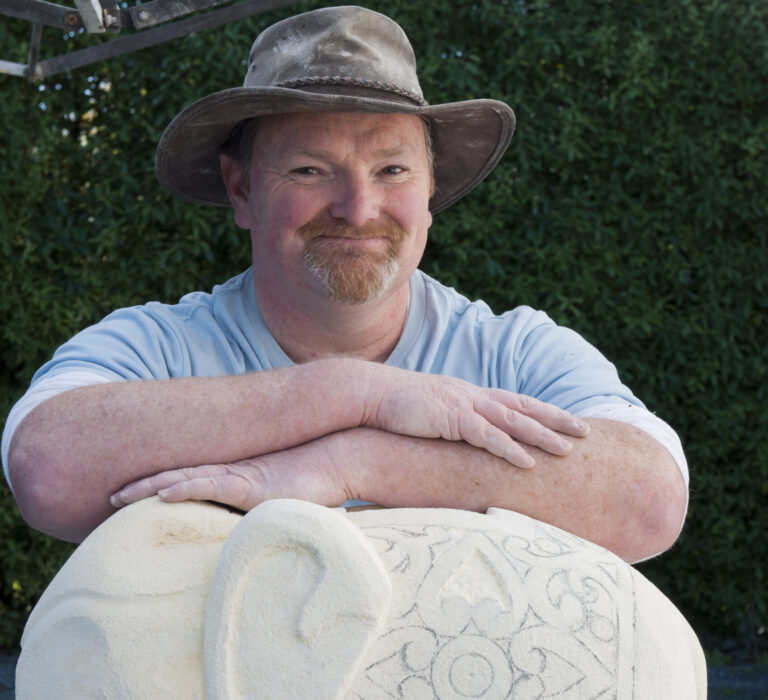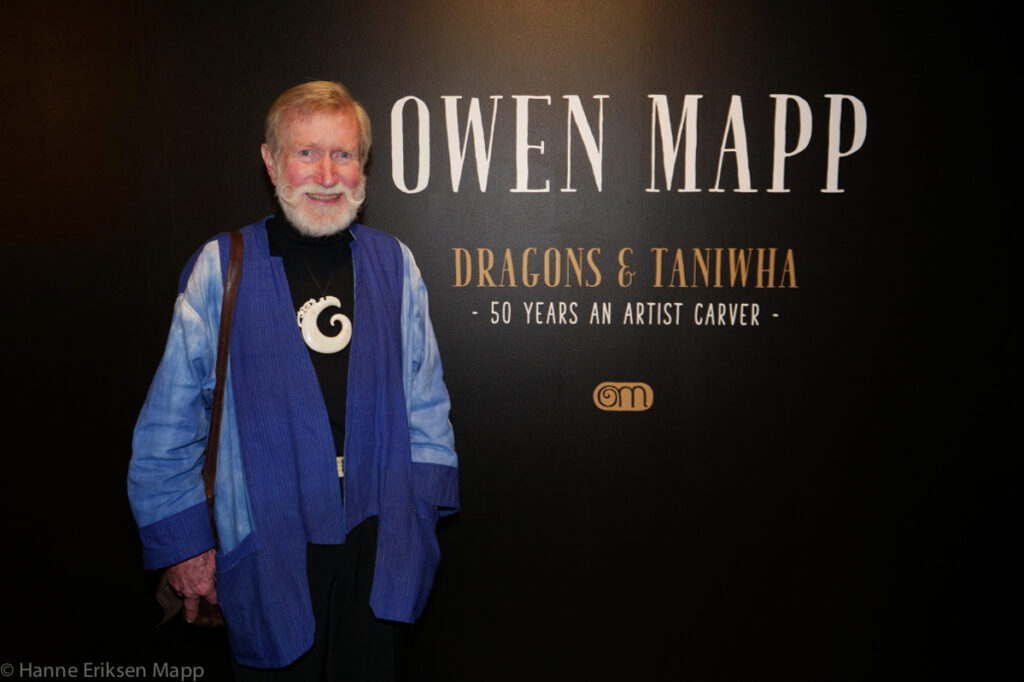
The March/April 2022 issue 101 of The Shed has an article on master New Zealand bone carver Owen Mapp.
“When master bone carver Owen Mapp, CNZM, began carving bone and ivory in the 1960s there were no teachers and no bone carvings being sold commercially, so he had to learn just by doing it.
“I was the first one. There were a few jade carvers but nobody was interested in the materials then and I had the field to myself,” Owen says.
He has developed his practice and passion for the art form over 50-plus years, creating original works that are strongly influenced by Māori history, concepts, and design; as well as Scandinavian, Asian, and Japanese netsuke designs, symbolism, and traditions.
His carvings have a palpably sensual, at times erotic quality, an expression of his reverence for life in its myriad forms.
“I believe in the magic or spirit of carving. I create objects to be handled or fondled while on the body, not just to be seen.”
If you are interested in learning how to carve like a master, take this very rare opportunity to learn from Owen as he shares his insights, tips, and tricks on carving various types of bone.
To purchase a copy of the magazine that features this article or to subscribe, head to our online shop.
Overseas sales are an easy option too.
